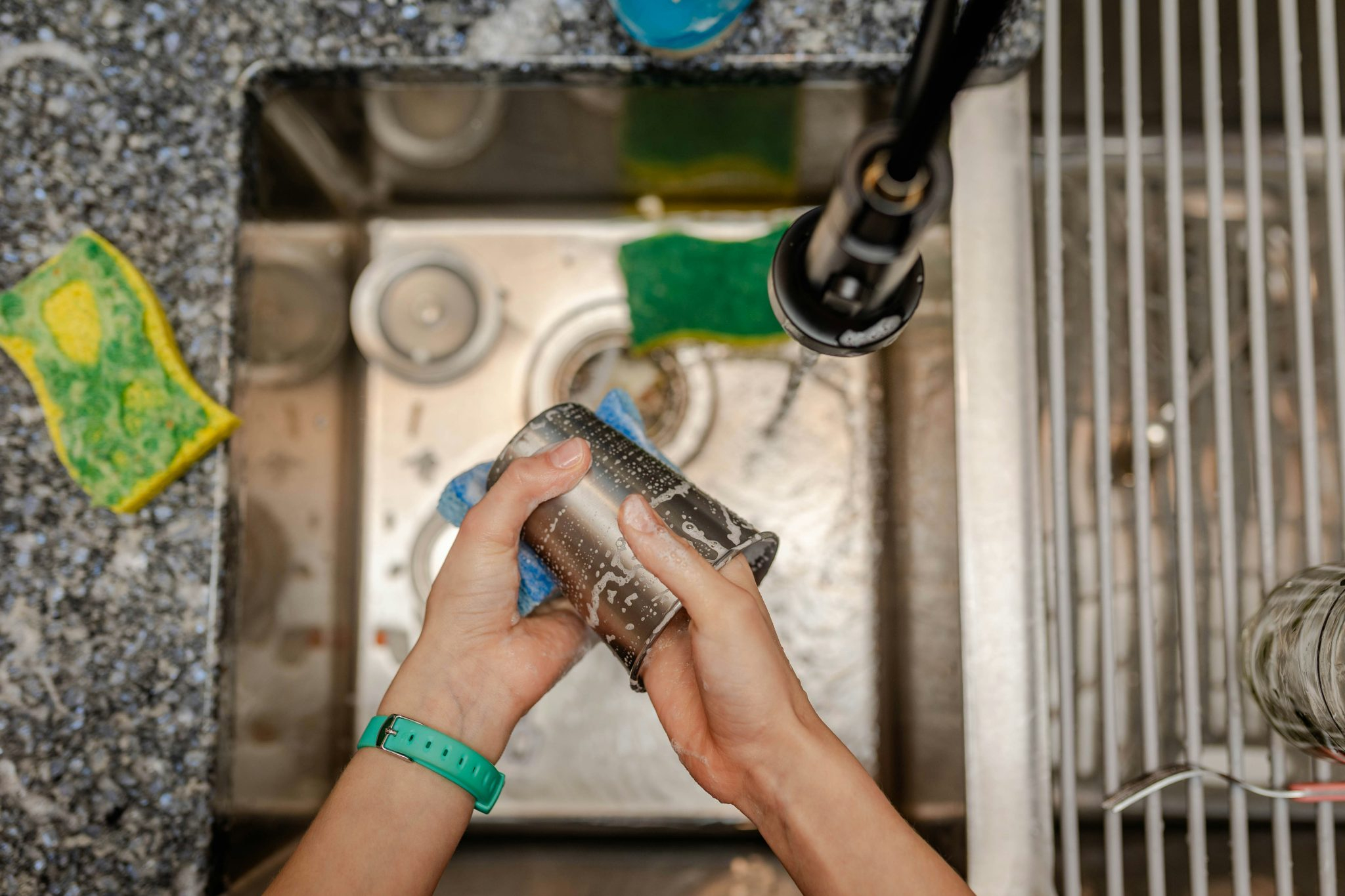Dishwasher Cycles That Save Water and Time
The dishwasher is one of the most convenient kitchen appliances, saving us time and effort when it comes to washing dishes. However, with growing concerns about water scarcity and rising utility bills, it is crucial to use our dishwashers in the most efficient way possible. This is where understanding the different dishwasher cycles come in. Not all cycles are created equal – some use more water and energy than others. In this article, we will explore the top dishwasher cycles that can save both water and time, making your daily chores even more effortless.
Heavy Wash cycle
The Heavy Wash cycle is perfect for large loads with extra dirty dishes. It uses high water and temperature levels to blast away tough stains and grease, making it the most effective cycle when it comes to cleaning power. Despite using more water, this cycle also saves time because there’s no need to pre-rinse or scrub the dishes beforehand. Additionally, it is also more energy-efficient compared to hand washing as the machine uses a specific amount of water, whereas we tend to use more when washing by hand.
Quick Wash cycle
As the name suggests, the Quick Wash cycle is the ideal choice for when you have lighter loads of dishes that need to be washed in a hurry. This cycle uses less water, less energy, and takes a fraction of the time compared to the Heavy Wash cycle. It is perfect for items that aren’t heavily soiled and do not require intense cleaning. For example, after a weeknight dinner with your partner, this cycle will quickly clean your plates, cups, and cutlery for a hassle-free cleanup.
Energy Saver cycle
The Energy Saver cycle is specifically designed to reduce water and energy usage, making it the most economical option for your dishwasher. It takes longer than other cycles as it uses lower water temperatures and less water to wash the dishes. However, this cycle is perfect for lightly soiled dishes, saving significant amounts of water and energy in the long run. You can use this cycle for your everyday dishes, such as cereal bowls, glasses, and coffee mugs.
Smart Wash and Sensor cycles
Dishwashers with advanced technology, such as smart sensors, can automatically adjust the washing time, water usage, and temperature based on the soil level of your dishes. This means less wasted water and energy for dishes that don’t require intense cleaning. These cycles also save time as they eliminate the need for pre-washing and rinsing, making them another great option for everyday use.
Dishwasher maintenance tips
In addition to using the right dishwasher cycle, here are a few tips to keep in mind for optimal water and time-saving results:
Scrape off food scraps
Before loading your dishes in the dishwasher, be sure to scrape off any leftover food scraps. It not only helps your dishes get cleaner, but it also prevents food particles from clogging your dishwasher’s drain, leading to inefficient water usage.
Load dishes correctly
It is essential to load your dishwasher properly to ensure maximum cleaning efficiency. Make sure to place dishes facing inward towards the spray arms, and avoid overcrowding as it hinders effective water flow.
Regular maintenance
To keep your dishwasher functioning optimally, it is crucial to clean it regularly. Remove and clean the filter, check the spray arms for clogs, and run an empty cycle with a dishwasher cleaner to keep it fresh and odor-free.
In conclusion, using the right dishwasher cycle can make a significant impact on saving both water and time. Whether you have a heavier or lighter load, or want to save energy, there’s a cycle that’s right for you. However, remember to also follow these maintenance tips for optimal results and to keep your dishwasher running efficiently. With these tips in mind, you can enjoy the convenience of a dishwasher while also being mindful of your water and energy usage.










